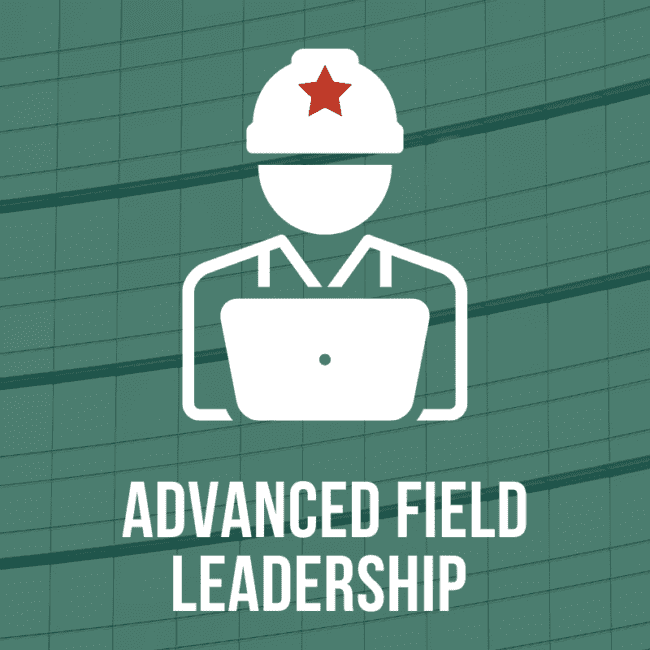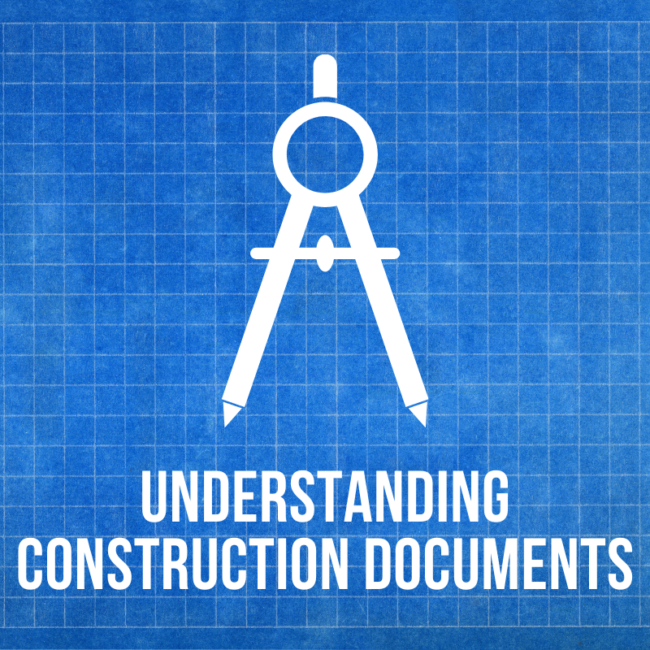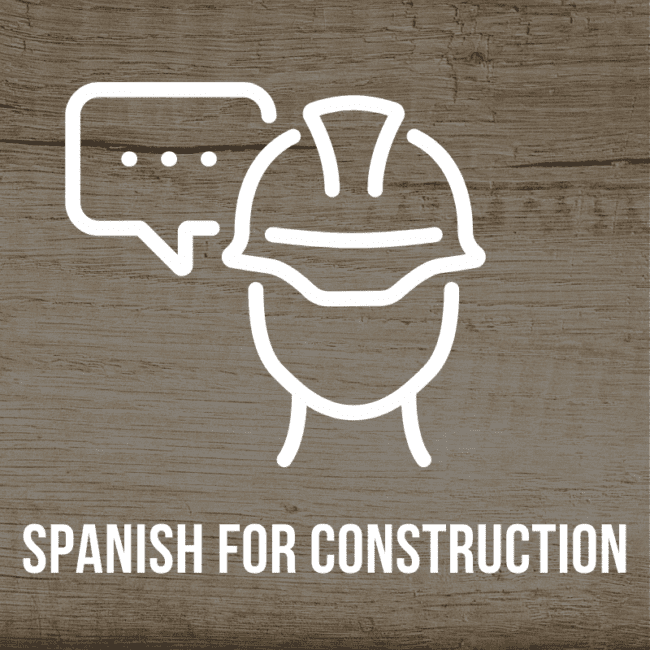

Course Description
The purpose of the course is to provide scaffold erectors and inspectors with the regulations, safety guidelines and procedures needed to recognize and eliminate hazards in the field.
In Scaffold Training: Competent Person, students will receive practical training on the erection and dismantling of frame, tube & clamp, and systems scaffold. Attendees will also learn about design, loading, planning & material take-off, and calculating leg loads.
Students who successfully pass the exam at the end of the class will receive their OSHA Certified Builder certificate within 10 days.
Schedule
- Dates/Times: April 11-12, 7AM - 4PM & April 13, 7AM - 11AM
- Course Length: 2.5 Days
- Tuition / Fee: $650 (includes all course materials)
- Instructor: Brian Munson
- Certificates: WMCI Certificate of Completion, OSHA Certified Scaffold User, OSHA Certified Scaffold Builder


Instructor: Brian Munson
With over 20 years in scaffold training, Brian has helped students of all experience levels gain the skills needed to be successful in the field.
Course details
Who should attend?
This 2.5-day course is designed for personnel who are responsible for erecting, dismantling, repairing, maintaining, or inspecting scaffolding.
What OSHA standards does Scaffold User Training help with?
Competent Person training meets OSHA regulation 29CFR1935.454b Training Requirements for Scaffold Erectors: "The Employer shall have each employee who is involved in the erecting , disassembling, moving, operating, repairing, maintaining, or inspecting a scaffold trained by a competent person to recognize and hazards associated with the work in question."
At the end of the course, students will have an open book exam. Once students have passed the test, they will receive both OSHA Scaffold User and Builder certificates within 10 days.










